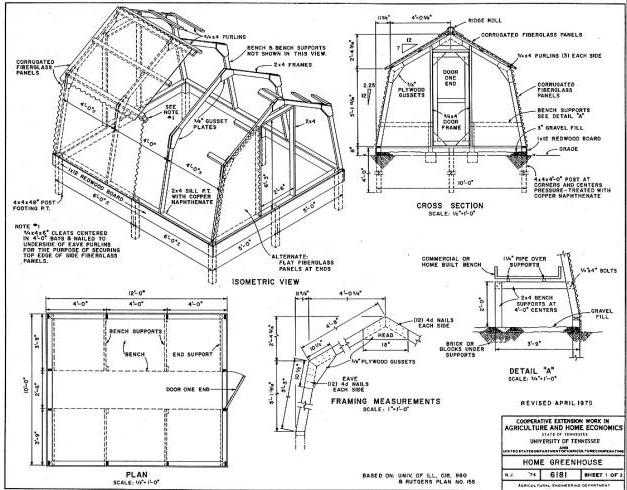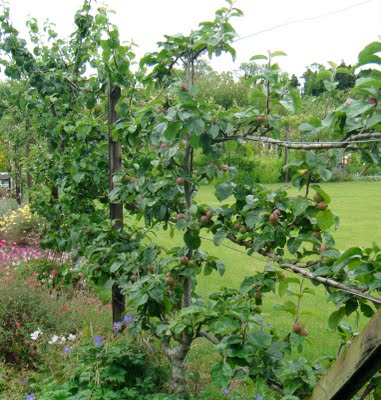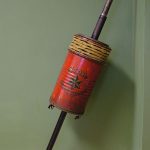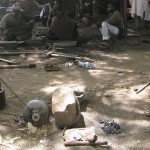 The tool shown here was designed for use in outdoor nurseries specializing in ornamental and bedding plants. At nurseries in California where it was tested, it reduced workers’ forward bending angle by as much as 47%.
The tool shown here was designed for use in outdoor nurseries specializing in ornamental and bedding plants. At nurseries in California where it was tested, it reduced workers’ forward bending angle by as much as 47%.
The time spent working at a forward-bent angle of more than 20 degrees was reduced by nearly half. Hand gripping effort was reduced by more than half. Lifting strain was reduced by 40%.
Workers reported less work-related pain when using the handles, and those who had the most severe symptoms at the start reported the most improvement.








